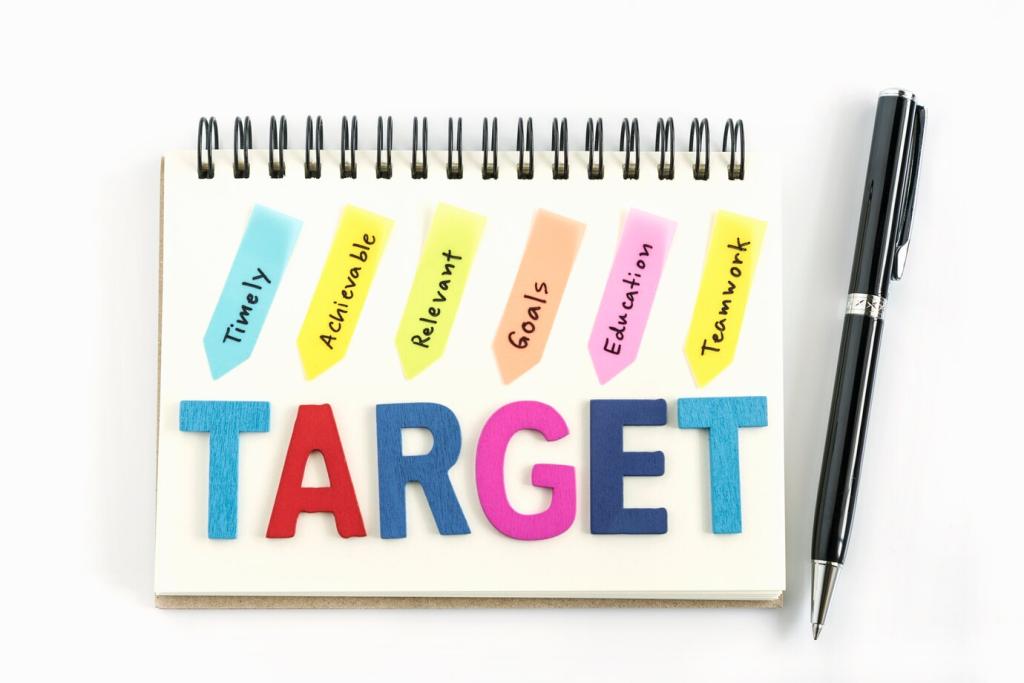Quantify Impact with Context
Translate metrics into everyday terms: “Saves 780 liters of water—roughly 10 showers—compared to conventional cotton.” Provide a footnote or link describing your methodology so the comparison feels rigorous, not gimmicky.
Quantify Impact with Context
Present improvements versus a conventional baseline. “27% lower CO₂e than our 2022 model,” with a note on system boundaries and data source. Shoppers want to know what changed and why it matters today.




